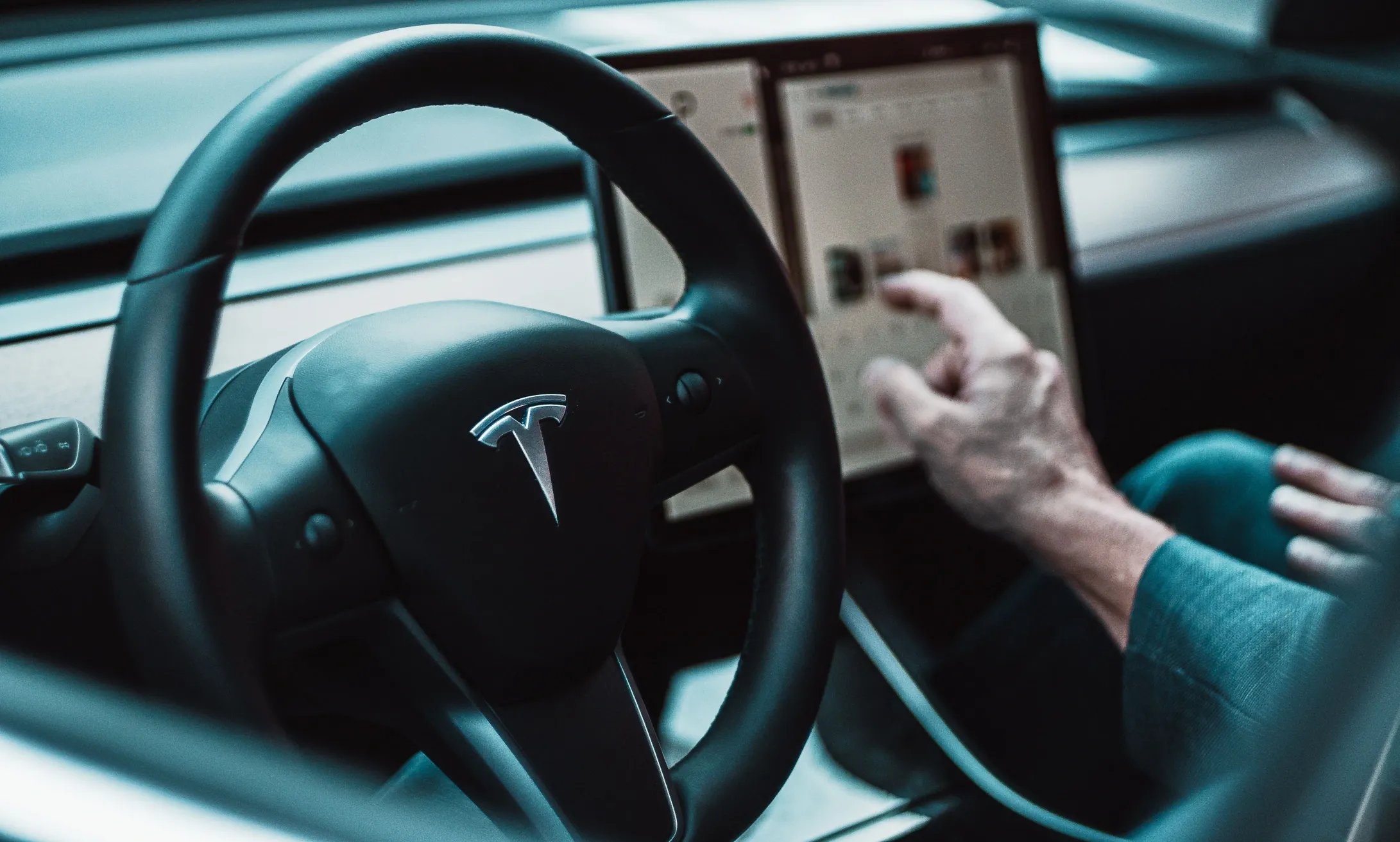Quel avenir pour la technologie eSIM ?
L'opportunité des eSIM en marque blanche dans les voyages nationaux
Résumé
L'état actuel de la technologie eSIM : populaire auprès des consommateurs de détail
Depuis le lancement du Google Pixel 2 en 2017 et des modèles suivants, ainsi que le lancement de l’iPhone XS par Apple en 2018, la technologie eSIM a changé à jamais notre façon de vivre la connectivité mondiale. Sa simplicité d’utilisation, sa sécurité renforcée et le nombre croissant de modèles de téléphones iPhone et Android prenant en charge l’eSIM lui confèrent un avantage certain dans le domaine des voyages internationaux.

Les voyageurs internationaux peuvent profiter de la facilité d’achat et d’installation qu’apportent les eSIM. Fini le temps des longues files d’attente pour recevoir une carte SIM physique, ou le paiement de frais d’itinérance exorbitants auprès de votre fournisseur de services principal, ou de cartes SIM prépayées coûteuses à votre arrivée à destination. Les eSIM offrent également aux utilisateurs une plus grande flexibilité pour acheter des forfaits régionaux s’ils ont l’intention de voyager dans plusieurs pays d’une région particulière (par exemple, l’Europe, l’Asie du Sud-Est, l’Australie-Nouvelle-Zélande, etc.).
L'avenir de la technologie eSIM : le B2C mène à des cas d'utilisation B2B attrayants
Il n’est donc peut-être pas surprenant que dans le domaine de la consommation, on s’attende à ce que l’utilisation se fasse principalement lors de voyages internationaux.La place de marché eSIM de Nomad, nous constatons également un volume constant et conséquent de demande nationale, jusqu'à 30 % des utilisateurs mensuels en Amérique du Nord. Nous voyons nos utilisateurs acheter des forfaits pour compléter leurs opérateurs nationaux ou transformer leurs tablettes ou téléphones de rechange en points d'accès mobiles et connecter des données à d'autres appareils pendant leurs déplacements.
Du point de vue du consommateur, l’attrait d’un forfait eSIM national est assez évident. Les utilisateurs nationaux peuvent profiter de la flexibilité de changer facilement d’opérateur sans être liés à une carte SIM physique ou coincés dans un contrat de deux ans. Les marchés numériques tels que Nomad peuvent intuitivement afficher des forfaits et des prix comparables afin que les utilisateurs soient informés et puissent sélectionner le forfait qui correspond le mieux à leurs besoins au prix le plus bas possible. Vous découvrez que vous payez trop cher ? La technologie eSIM facilite le changement d’opérateur en un clic.

Initialement réticents à adopter l'eSIM, les opérateurs nationaux, comme Verizon et AT&T aux États-Unis, ou O2, EE et Three au Royaume-Uni, se sont maintenant rétractés et ont permis à leurs clients de convertir leurs cartes SIM physiques en eSIM qui peuvent être conservées électroniquement par l'appareil pour une sécurité renforcée. Et après tout, les eSIM permettent un puissant canal d'acquisition numérique (ou uniquement numérique) pour de nombreux opérateurs locaux.
Cela a donné lieu à une opportunité B2B dans laquelle les fournisseurs d'eSIM en marque blanche peuvent soutenir les opérateurs locaux en déployant des plateformes eSIM pour eux.Blog LotusFlaresur la GSMA, le passage à l'eSIM présente plusieurs avantages pour les opérateurs télécoms, notamment :
- Réduction des coûts de fabrication, d'entreposage et de distribution
- Accélération de la mise sur le marché grâce à une expérience d'intégration fluide pour les clients
- Capacité à conquérir des parts de marché grâce à de multiples solutions de connectivité eSIM pour appareils intelligents (tels que tablettes, montres intelligentes, etc.)
- Accès à des clients premium à ARPU élevé avec des appareils compatibles eSIM
Les opérateurs nationaux qui s'appuient sur une plateforme eSIM en marque blanche pour fidéliser leurs clients s'ouvrent également à de puissantes stratégies de croissance. Ce canal eSIM, axé sur le numérique, est un lieu naturel pour héberger des partenariats avec des opérateurs proposant des services complémentaires, tels que l'assurance voyage, la sécurité et la surveillance à domicile, etc.

Et au-delà de cela, qui sait ? Les véhicules électriques (VE) ont reçu des mandats de premier ordre de la part de nombreux grands gouvernements, y compris des États-Unis, pour accélérer leur déploiement. L'eSIM serait un choix naturel pour ces autres types de cas d'utilisation B2B.
Aucun doute là-dessus : l’eSIM est la voie du futur
La technologie eSIM est encore balbutiante, mais elle est pleine de promesses pour les consommateurs, les fabricants et les fournisseurs de connectivité. D’ici la fin de la décennie, Nomad prédit que les eSIM seront aussi omniprésentes que les cartes SIM physiques aujourd’hui, et même plus encore : elles seront présentes sur vos téléphones, vos ordinateurs portables, vos tablettes, vos montres, vos voitures. Alors ne laissez pas l’avenir vous dépasser – rejoignez la révolution eSIM avec nous dès aujourd’hui.